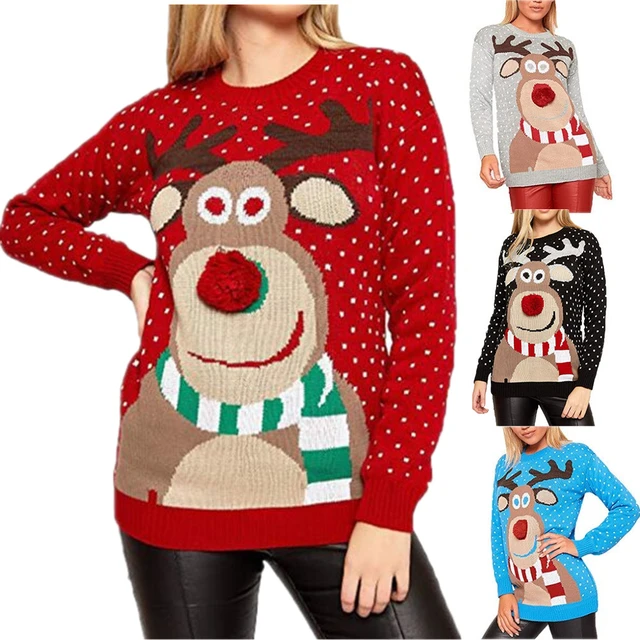
Introduction
In the realm of seasonal fashion, few items have transcended their original purpose and transformed into a cultural symbol quite like the target ugly sweaters. Once considered an unintentional eyesore lurking in the back of wardrobes, these kitschy, colorful knits have now become a celebrated staple of holiday festivities. The rise of the target ugly sweaters from an awkward family heirloom to a pop culture sensation is a story that reflects the dynamic nature of fashion and society’s evolving sense of humor.
The concept of the ‘ugly’ sweater originated in the late 20th century when grandparents or well-meaning relatives would gift homemade or store-bought sweaters adorned with festive motifs such as reindeer, snowmen, or Santa Claus. These sweaters were often garish in color, heavily patterned, and featured exaggerated embellishments – attributes that today are celebrated rather than shunned.
The Transition to Trendy
A pivotal turning point for the ugly Christmas sweater came around the early 21st century, when it began to take on new life as a tongue-in-cheek fashion statement. Parties centered around wearing the most outrageous Christmas sweater emerged, transforming a once-unfashionable item into a sought-after accessory. This inversion of taste was a form of playful rebellion against the polished norms of holiday attire, encouraging people to embrace the whimsical and nostalgic charm of the sweaters.
Retailers soon caught on, capitalizing on this newfound enthusiasm by producing intentionally over-the-top designs. High-street brands and independent designers alike started offering collections filled with light-up sweaters, three-dimensional decorations, and interactive elements, pushing the boundaries of what an ugly Christmas sweater could be.
Pop Culture Impact
As the popularity of ugly Christmas sweater parties grew, so did its influence on pop culture. Television shows and movies incorporated the trend, using it as a visual cue to denote the holiday spirit or to evoke a sense of nostalgia. Celebrities were spotted donning them at public events, catapulting the ugly sweater to the red carpet and social media feeds worldwide.
Furthermore, the trend sparked numerous spin-offs, including pet wear, home decor, and even food art, all emulating the quirky aesthetic of the ugly Christmas sweater. It became a way to express personality, humor, and creativity during the holiday season.
Social and Environmental Awareness
With its rise to fame, the ugly Christmas sweater has also embraced social and environmental causes. Many organizations use themed sweater parties as fundraising events for charity, making the trend a means for doing good while having fun. Additionally, there’s been a surge in sustainable options, with companies offering eco-friendly materials and second-hand sweaters to reduce waste and promote circular fashion.
Moreover, the trend has diversified to include a broader range of celebrations, branching out from traditional Christmas themes to include Hanukkah, Kwanzaa, and other winter holidays, ensuring inclusivity and representation in the festive fun.
Conclusion
From humble beginnings to global phenomenon, the ugly Christmas sweater has journeyed through the annals of fashion history to become more than just an article of clothing. It’s a symbol of camaraderie, a vehicle for self-expression, and a tool for social engagement. As each year passes, we see new iterations and reinterpretations, proving that the appeal of the ugly Christmas sweater isn’t just a passing fad but a testament to the enduring power of humor and tradition in contemporary culture. Its transformation from being perceived as ‘ugly’ to being beloved serves as a reminder that sometimes, the things we reject can turn into the very things that bring us together. And thus, the ugly Christmas sweater continues to weave its way into our hearts and closets, warming not only our bodies but also our spirits during the coldest time of the year.